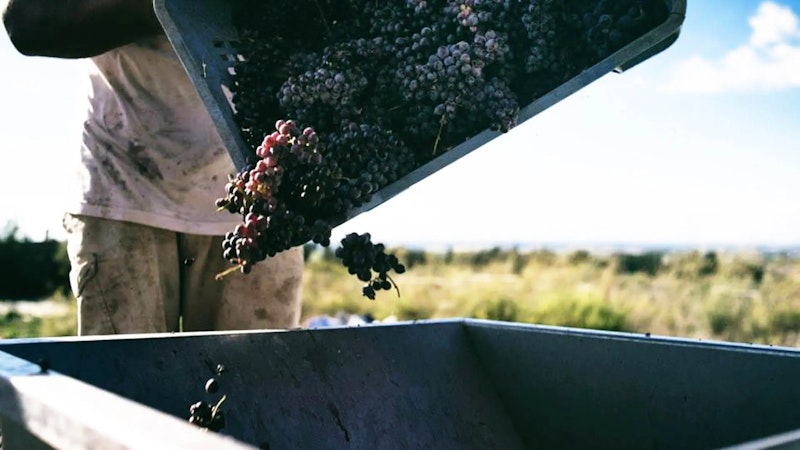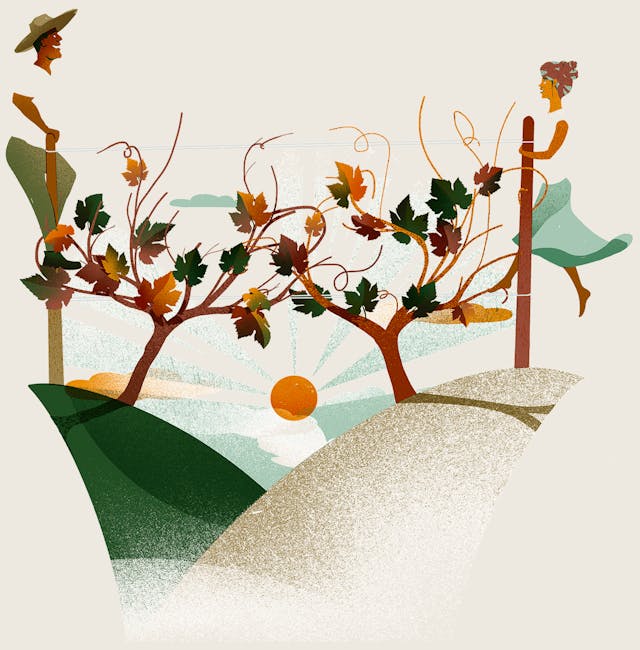Primitivo di Manduria: the wine that lives twice
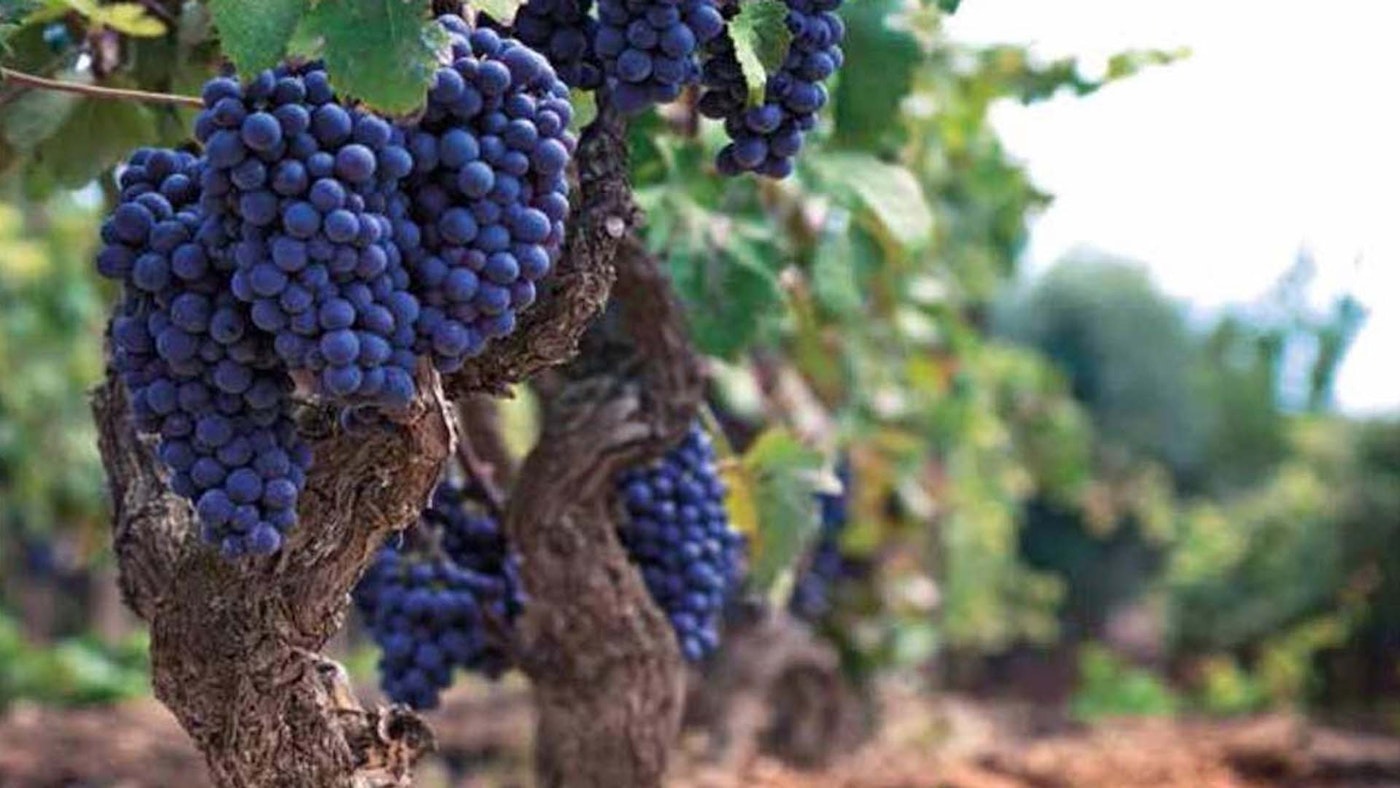
What links Puglia to California? Certainly not the sea - the crystalline waters of the Ionian, the turbulent waters of the Pacific - but a vine, the Primitivo di Manduria, which recent DNA analyses have shown to be genetically identical to the Zinfandel, the prince of Californian vines. Two brothers, separated by the Pacific Ocean, who have followed two completely different paths: the American one is extremely popular, the Italian one is more modest, which until recently was considered only as a blending wine and today is a Cinderella in search of blackmail, demonstrating its great qualities to everyone.
Primitivo di Manduria and Zinfandel: twins but different
Twins, yes, but different. Zinfandel usually has a ruby red colour, aromas of red fruits and spices and a pleasant palate. Primitivo has the same colour, distinct blackberry aromas, a more austere character and is fresh and savoury on the palate.
Cultivated throughout the region, Primitivo in Apulia has found its ideal habitat in two areas in particular: the red soils of the province of Taranto, where it excels with the appellations Primitivo di Manduria Doc and Primitivo di Manduria Doc Riserva and the DOCG Primitivo di Manduria Dolce Naturale, and the hills of Gioia del Colle and Bari Murgia.
A stubborn wine made from a grape variety with an equally strong personality, unique in its production of 'racemes'. Together with very few other vines, Primitivo, when pruned in spring, produces some small, round and quantitatively important grapes on the secondary shoots, called "femminelle". These grapes, called "racemes", ripen about 20-30 days after the main harvest. This results in two different harvests in the Primitivo vineyards, the first from August to mid-September and the second from the end of September to the beginning of October.
ANCIENT ORIGINS
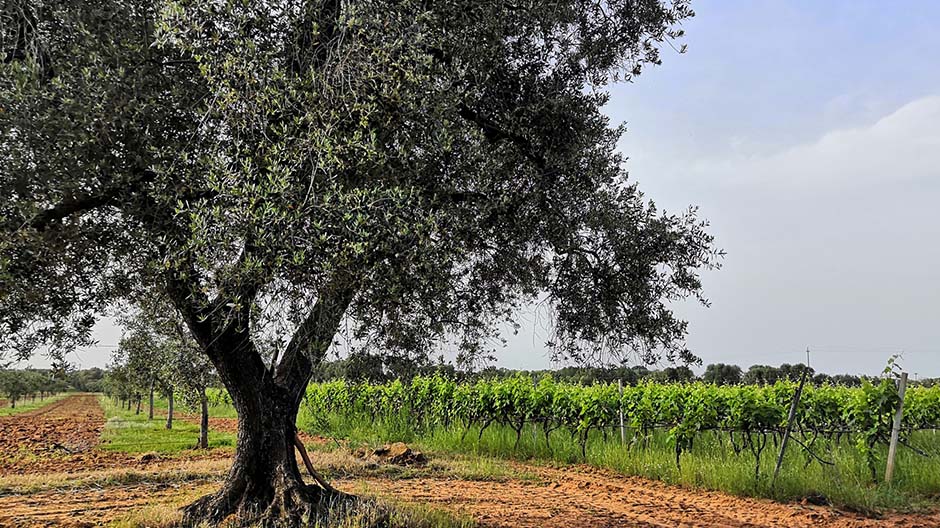
The history of Primitivo is lost in the mists of time. It was probably brought to Puglia from the other side of the Adriatic by the Illyrians, a Balkan people dedicated to the cultivation of vines, and spread throughout the Mediterranean by the Phoenicians, ancient visitors to our shores. The first official documents confirming the presence of this extraordinary vine in Apulia date back to the second half of the 18th century, when Don Francesco Filippo Indelicati, primicerius of the church of Gioia del Colle, noticed that among the many vines he cultivated in his vineyards, there was one that ripened earlier than the others and produced a particularly black, sweet and tasty grape that could be harvested in August. Indelicati selected the vine, then called Zagarese, and named it 'Primitivo', a term derived from the Latin 'primativus', meaning first to ripen.
This vine arrived in Manduria in 1881, thanks to some shoots brought as a dowry from Gioia del Colle by the Countess Sabini di Altamura, who had married the nobleman Tommaso Schiavoni Tafuri, whose cousin, a certain Menotti Schiavoni, began to cultivate Primitivo on the dunes of Campomarino, obtaining a wine of great structure. The first label, still jealously guarded, bears the date 1891 and the name 'Campo Marino'. The great expansion of Primitivo in Manduria, as in the whole of the Taranto area, took place after 1920: at that time the vine also spread to the Salento area and was even brought by Baron Falco to Mondragone, in the province of Caserta, in the same area where the famous Falerno was produced in ancient Roman times.
In Puglia there is now the Museum of the Primitivo Wine Civilisation, located in the Cantina Produttori Vini Manduria, in the province of Taranto. It is a veritable concentration of historical evidence on the production of Primitivo wine, from ancient machinery and artefacts to historical documents testifying to the production of wine and its stages.
A land in a glass
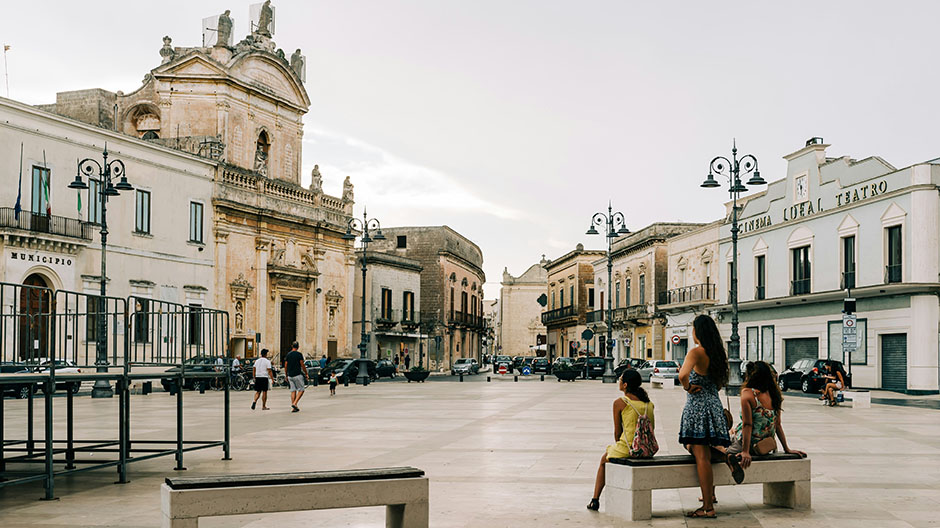
Situated in the Taranto-Murgia plain, Manduria is also known as the "Messapian city" and "Primitivo". Founded by the Messapi, it still preserves many traces of its ancient past, such as the large archaeological park with its mighty megalithic walls, the 1,200 tombs of the necropolis and the suggestive Fonte Pliniano, carved out of a cave and mentioned by Pliny the Elder. A stroll through the old town of Manduria reveals the imposing palace of the imperial family, the elliptical church dedicated to the Madonna del Carmine and the Renaissance Chiesa Matrice. Also worth a visit is the Giudecca, an old Jewish ghetto with what is thought to be a small synagogue. Finally, in Piazza Vittorio Emanuele II, there is the unusual Monument to the Calvary, built in 1839 with pieces of ceramics and majolica. Not to be missed are the Byzantine hypogeum of San Pietro Mandurino, dating back to the 1st century A.D., and the friezes on the Baroque altars of the churches of San Giuseppe and Madonna del Rosario. The temperate climate, with long, hot summers and mild winters with little rain or snow, allows the growth of Mediterranean scrub, which requires little water, and vines. It is in this climatic context, on calcareous and clayey soils sometimes exposed to light sea breezes, that Primitivo di Manduria finds its natural habitat, bringing to the glass the scents and suggestions of a land waiting to be discovered.
The consortium
The Consorzio di Tutela del Primitivo di Manduria (Consortium for the Protection of Primitivo di Manduria) was founded in 1998 by ten cooperative and private wineries and was legally recognised in 2002. Today, the Consorzio di Tutela is made up of 40 companies that produce and bottle wine, covering a total of over 5,000 hectares of vineyards in 18 municipalities between the provinces of Taranto and Brindisi, along the Ionian coast.
Primitivo di Manduria: characteristics and combinations
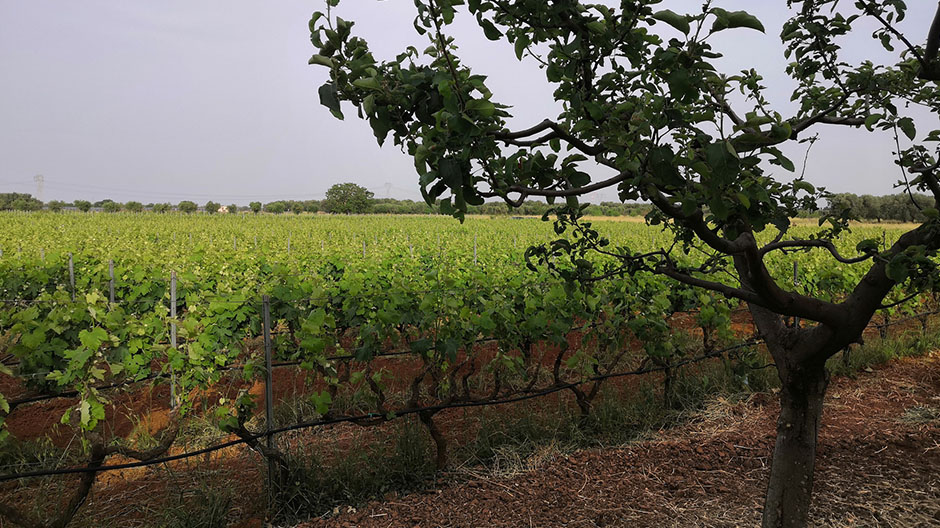
Primitivo di Manduria is generally purple-red in colour, tending to orange with age; its aroma is light and characteristic, and its flavour is dry, full, harmonious and tends to become velvety with age.
The technique of 'lacrima degli acini' (grape juice obtained naturally from freshly harvested grapes) produces a wine that can be served at a temperature of 8°-10°C in a tulipan glass with an aperitif of Capocollo di Martina Franca, a plate of semi-matured Pecorino cheese or a pizza of 'li fai e foje', a typical recipe of the culinary tradition of La Spezia, consisting of a purée of broad beans with boiled wild vegetables; Friselle of Altamura Dop bread with Terre Tarantine extra virgin olive oil, salted flakes of cacioricotta cheese and fried anchovies. A Primitivo aged in stainless steel, on the other hand, goes perfectly with orecchiette with sausage and turnip tops, veal ragout with peas and potatoes, while egg tagliatelle with horse chops or pork cheeks with onion and Manduria cherry tomatoes go well with a more structured Primitivo, slightly dried on the vine, to be served at a temperature of 14-16°C in a medium sized goblet. Lamb casserole, tripe rolls and goulash are best served with a Primitivo Riserva aged for a few years, decanted and served at a temperature of 18°C in a wide goblet. Dulcis in fundo, a very balanced Primitivo Dolce Naturale D.O.C.G. to be served with caciocavallo podolico, spiced Castelmagno, dry almond biscuits or dried figs in vin cotto (served at 16°C in a meditation glass), but also perfectly on its own. In short, Primitivo, in its various versions, is a versatile and versatile wine that always guarantees great satisfaction.





